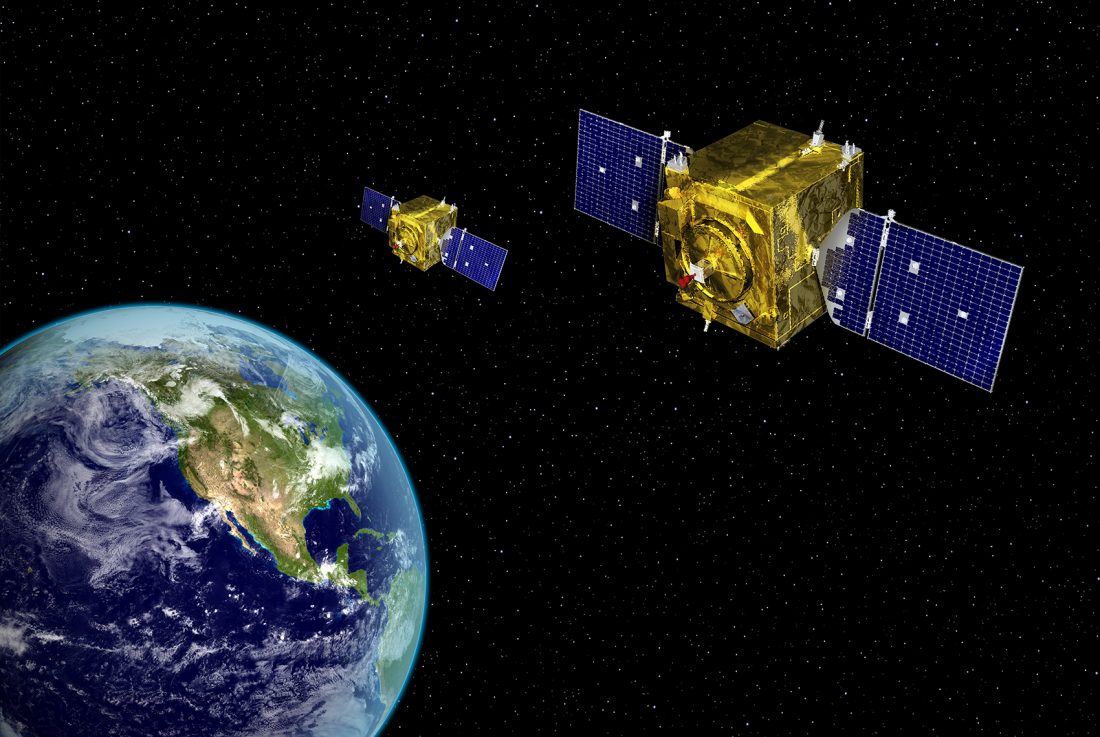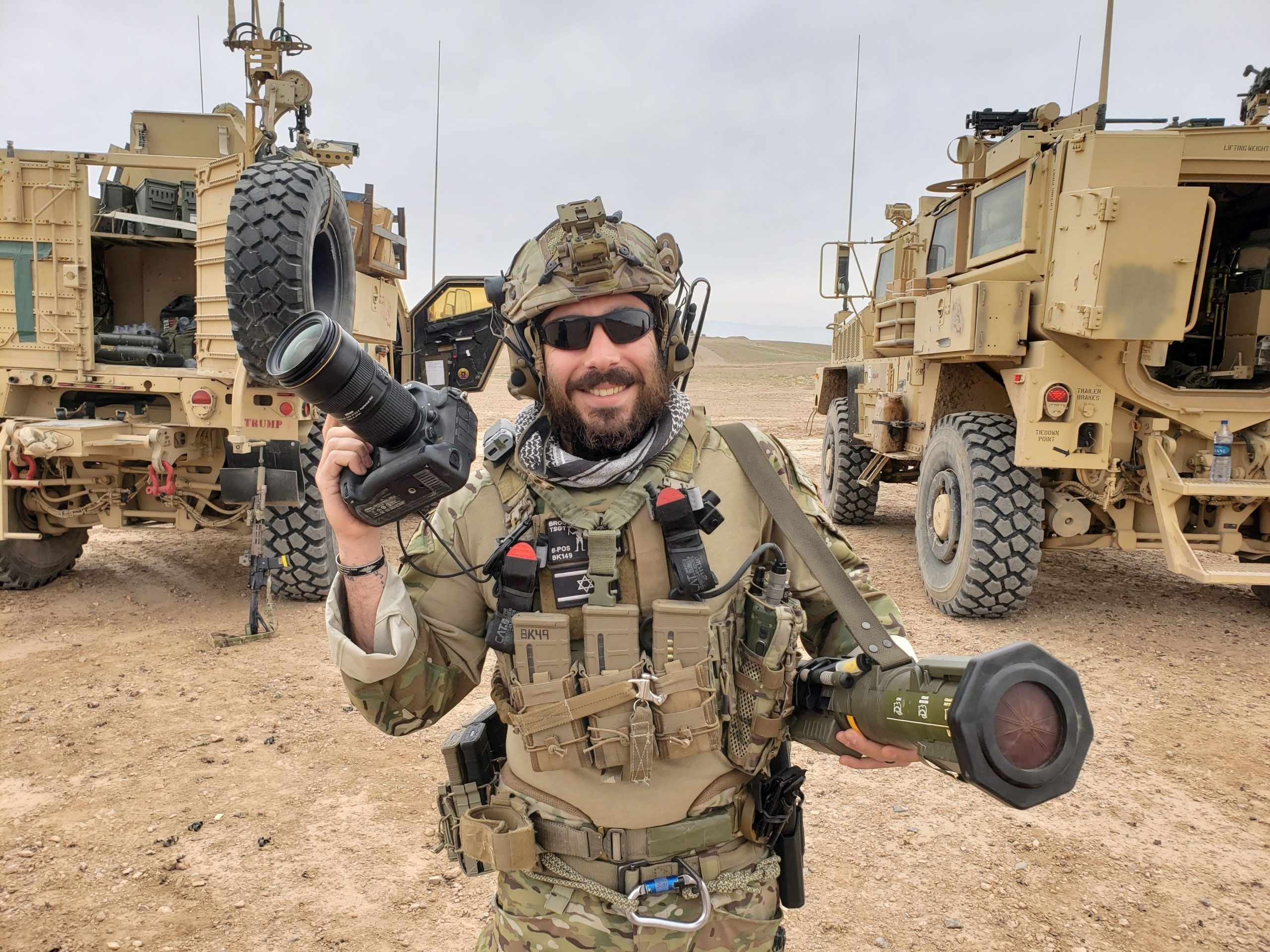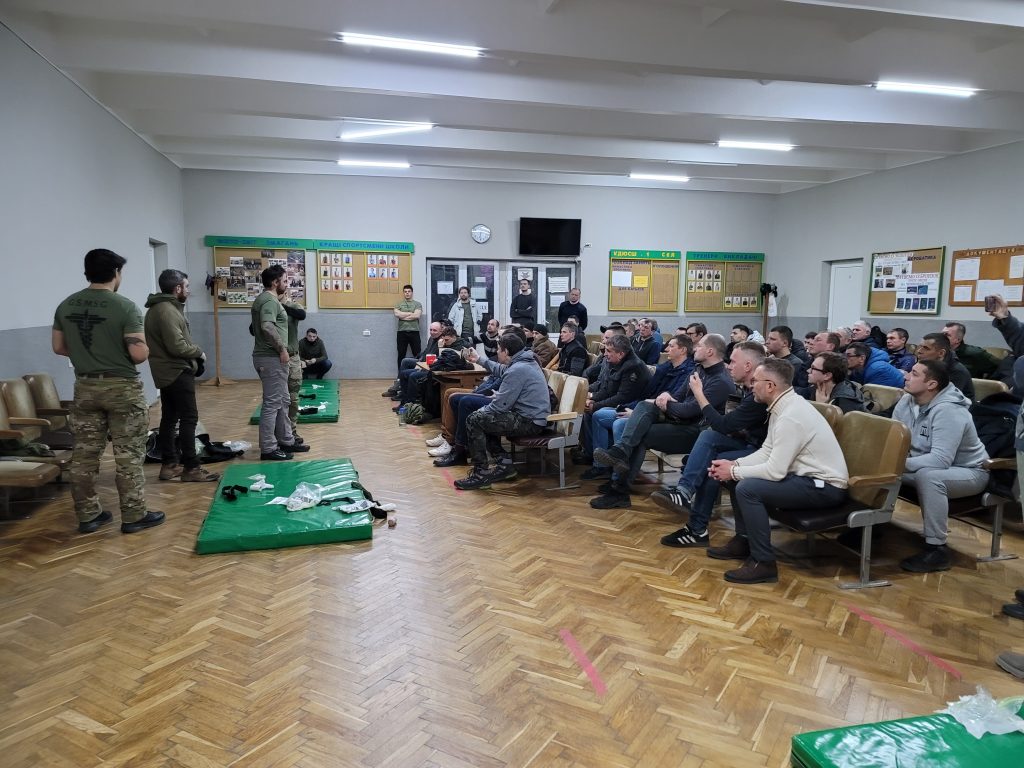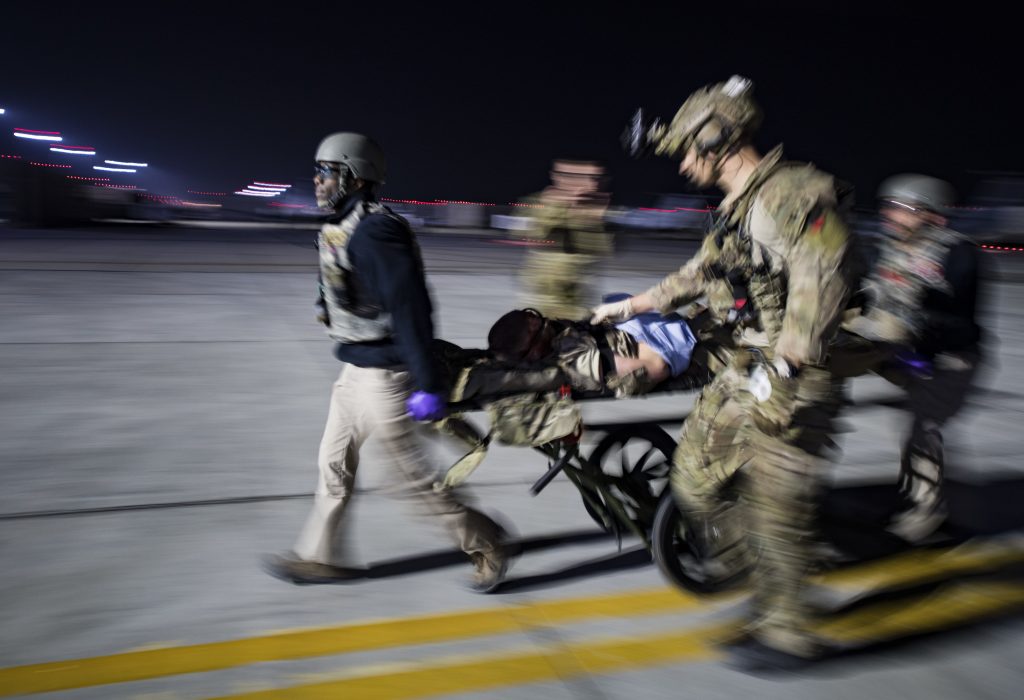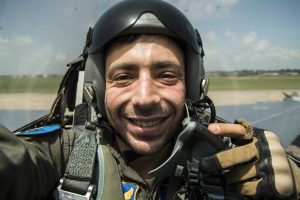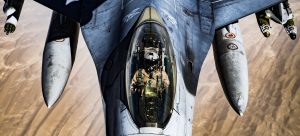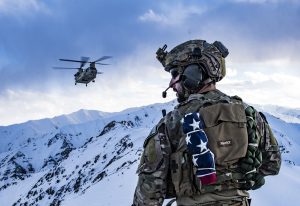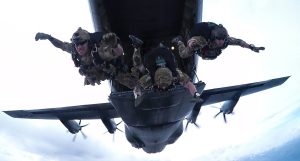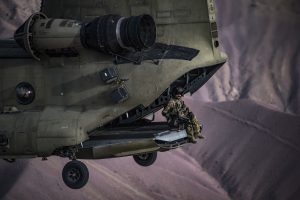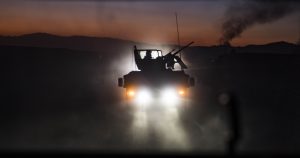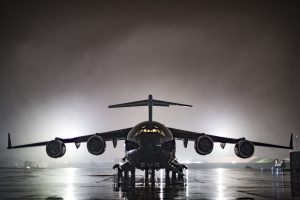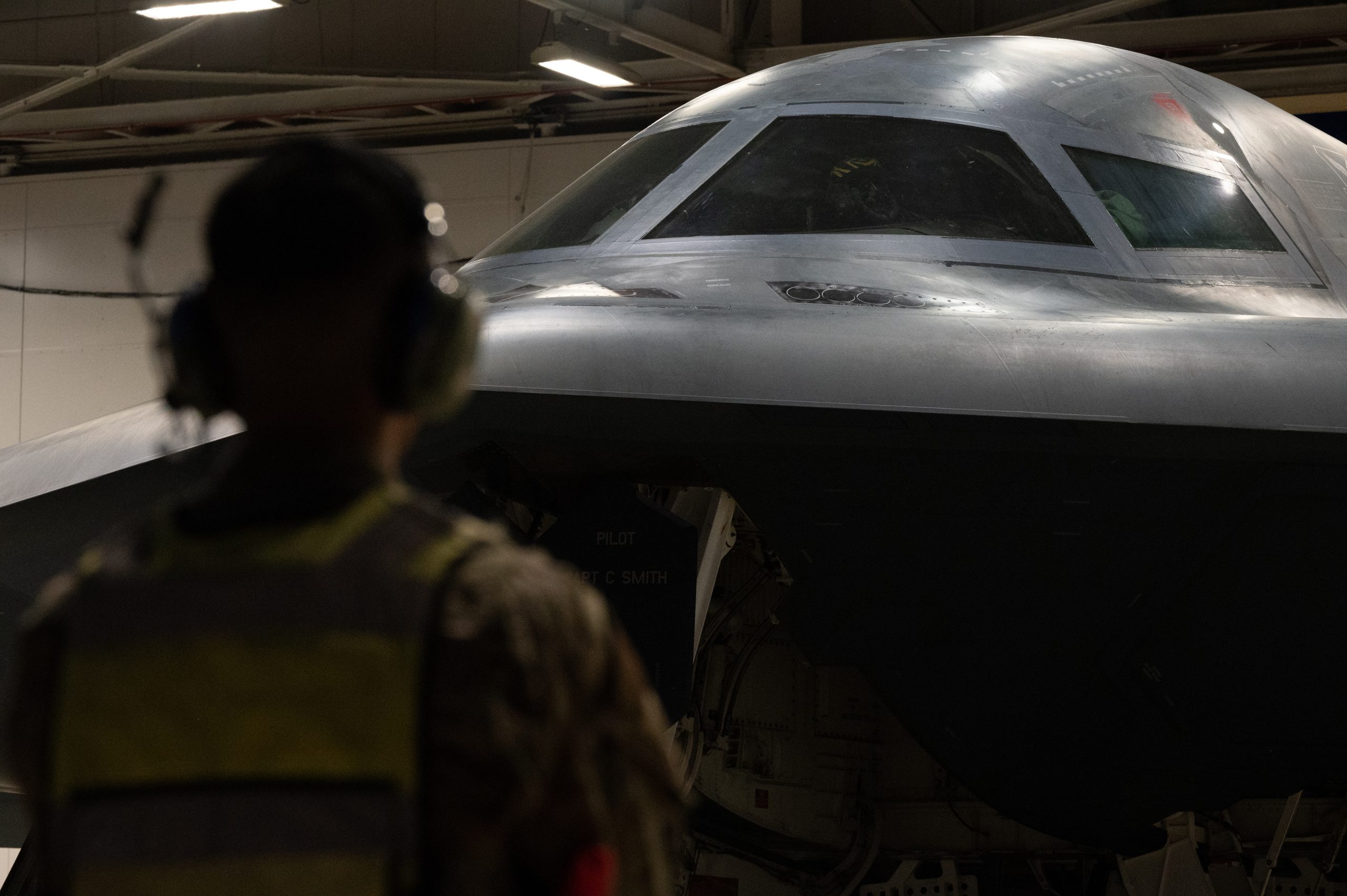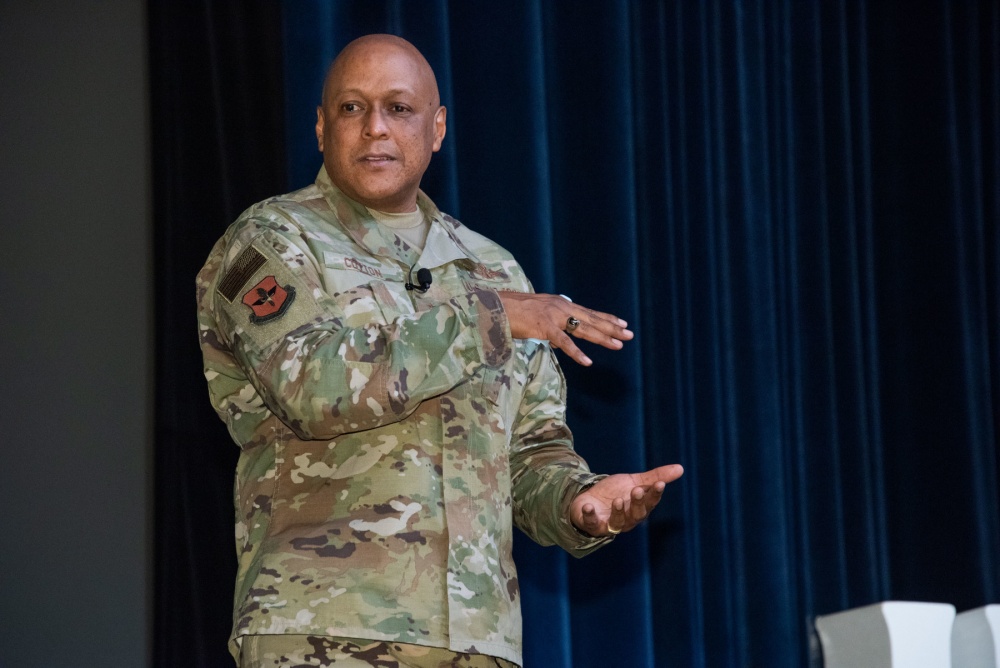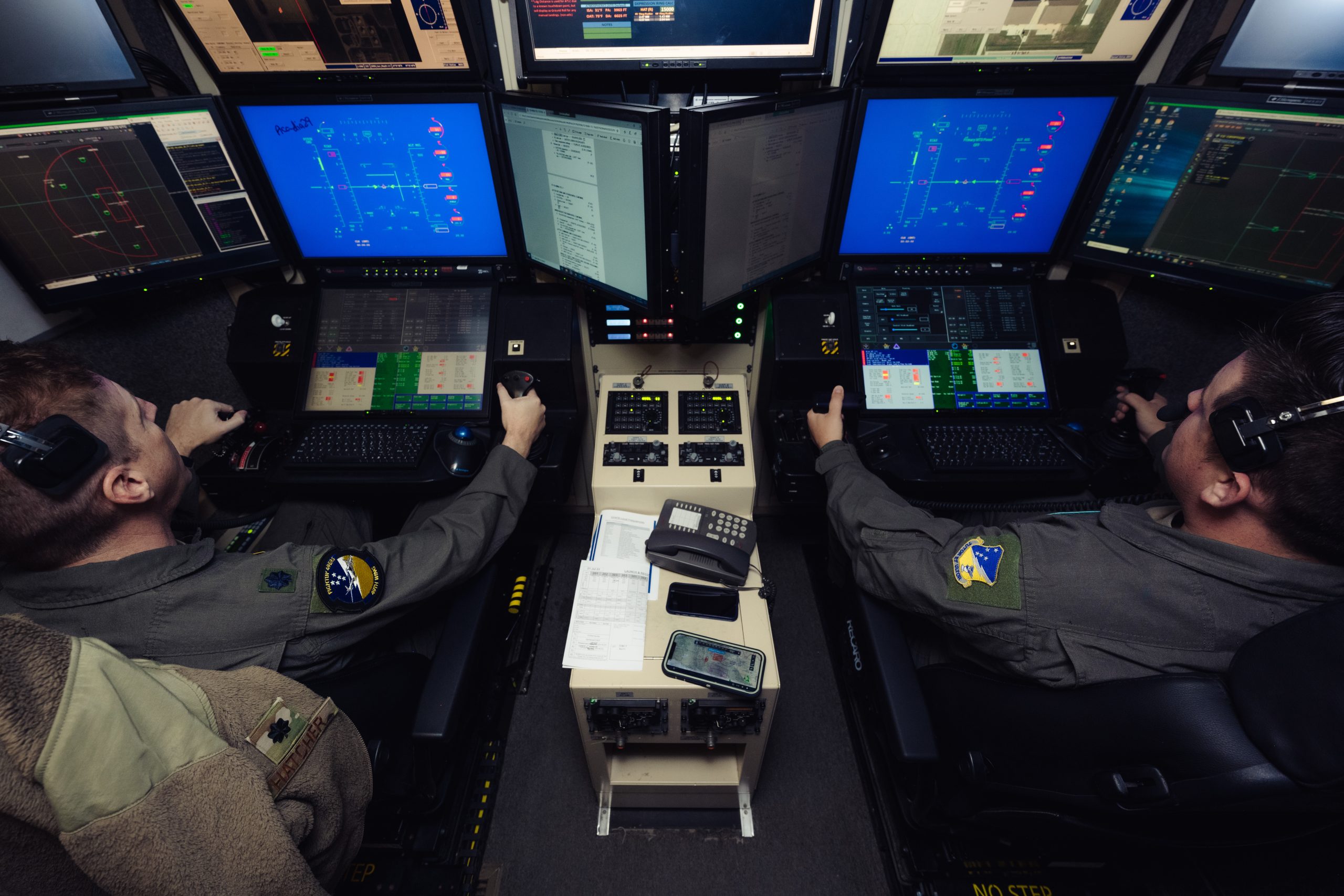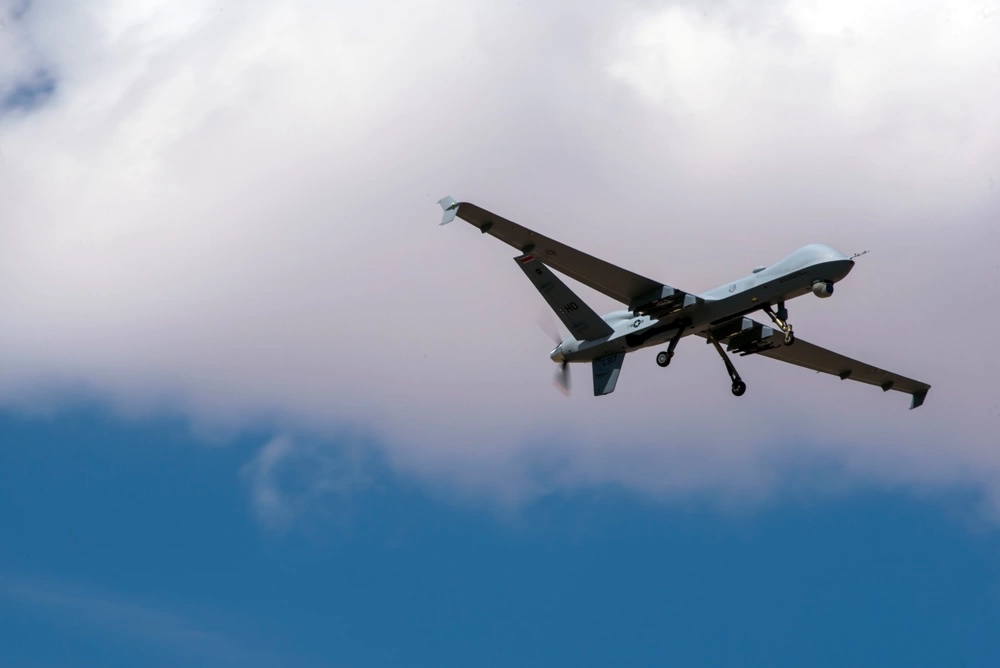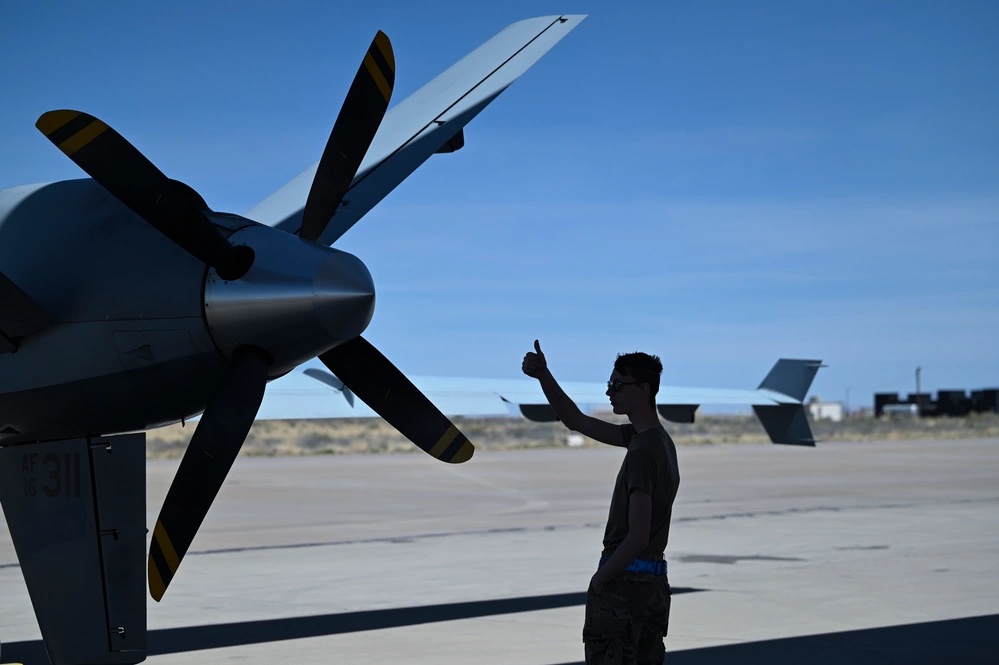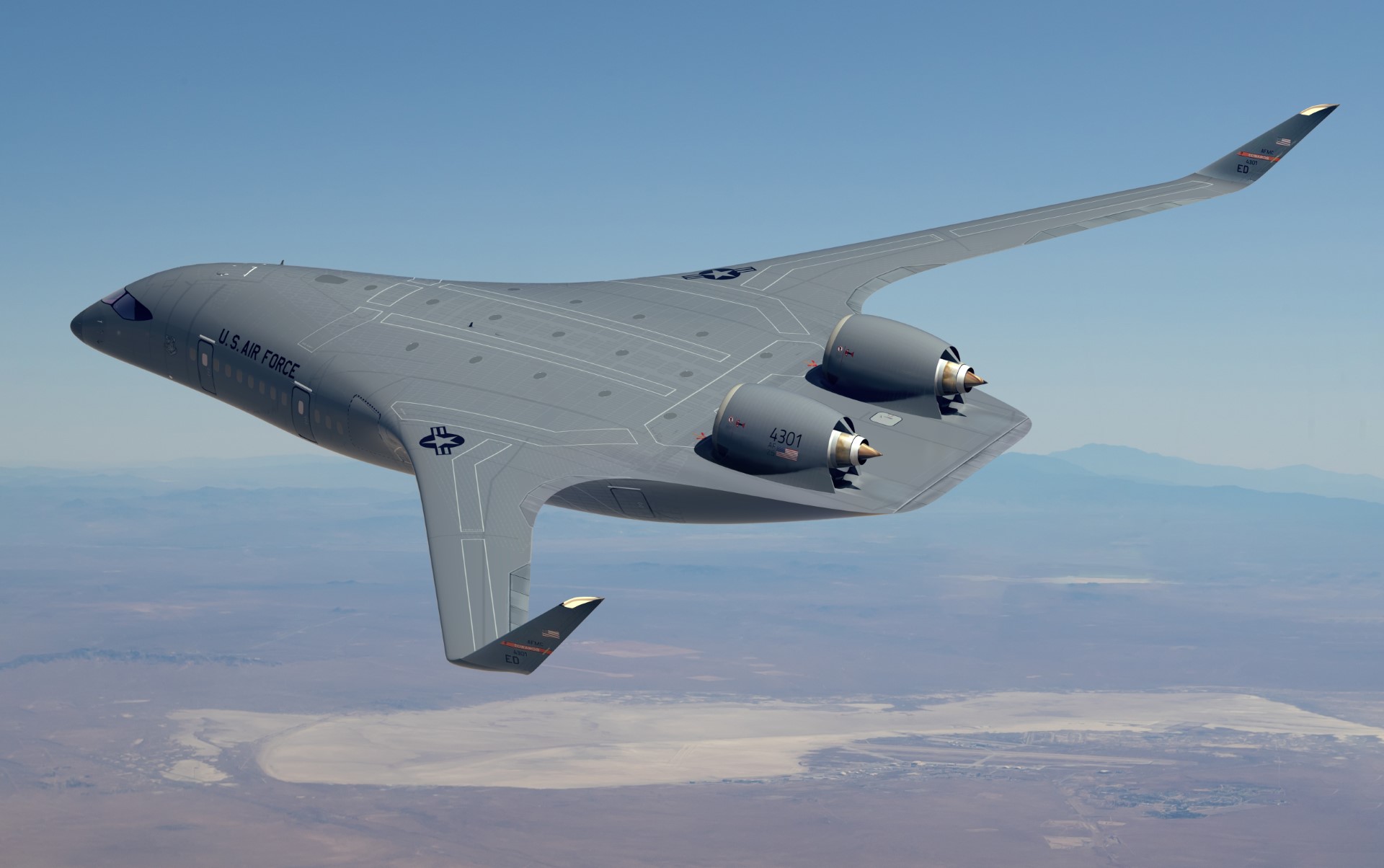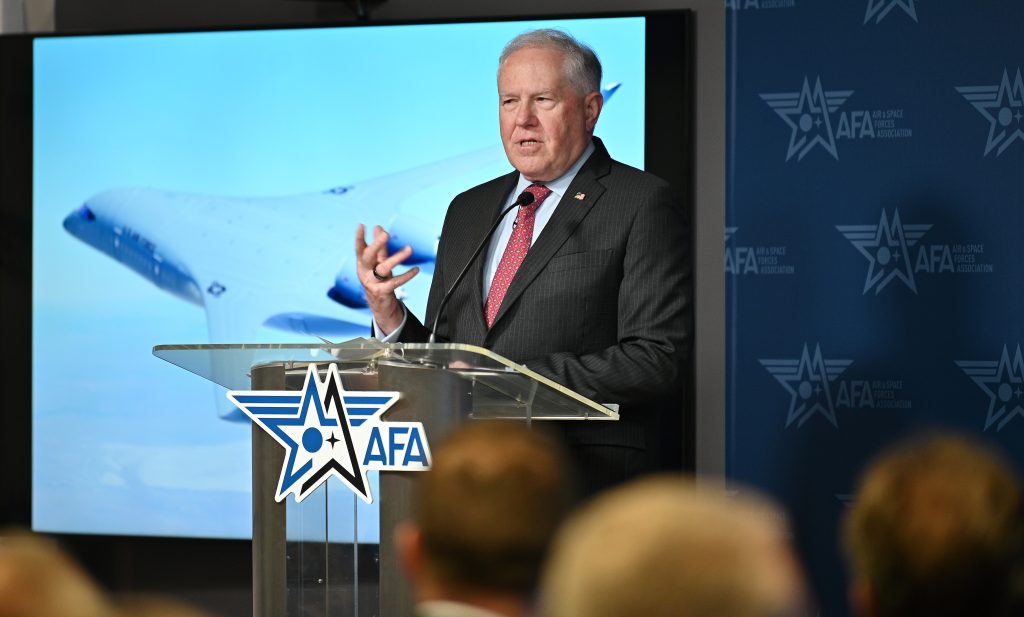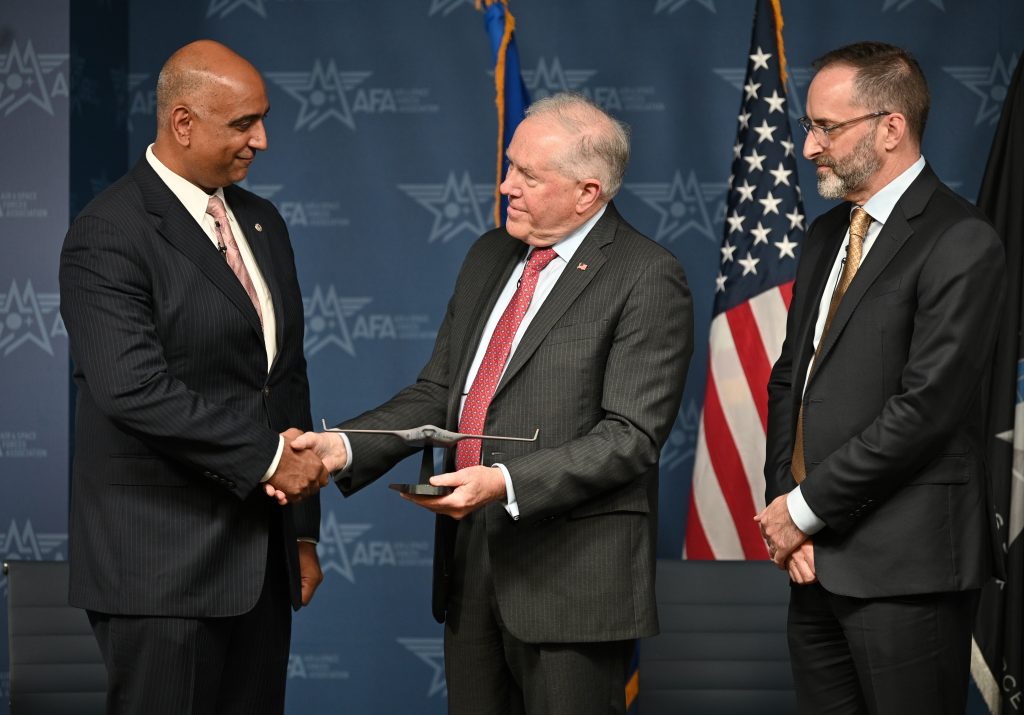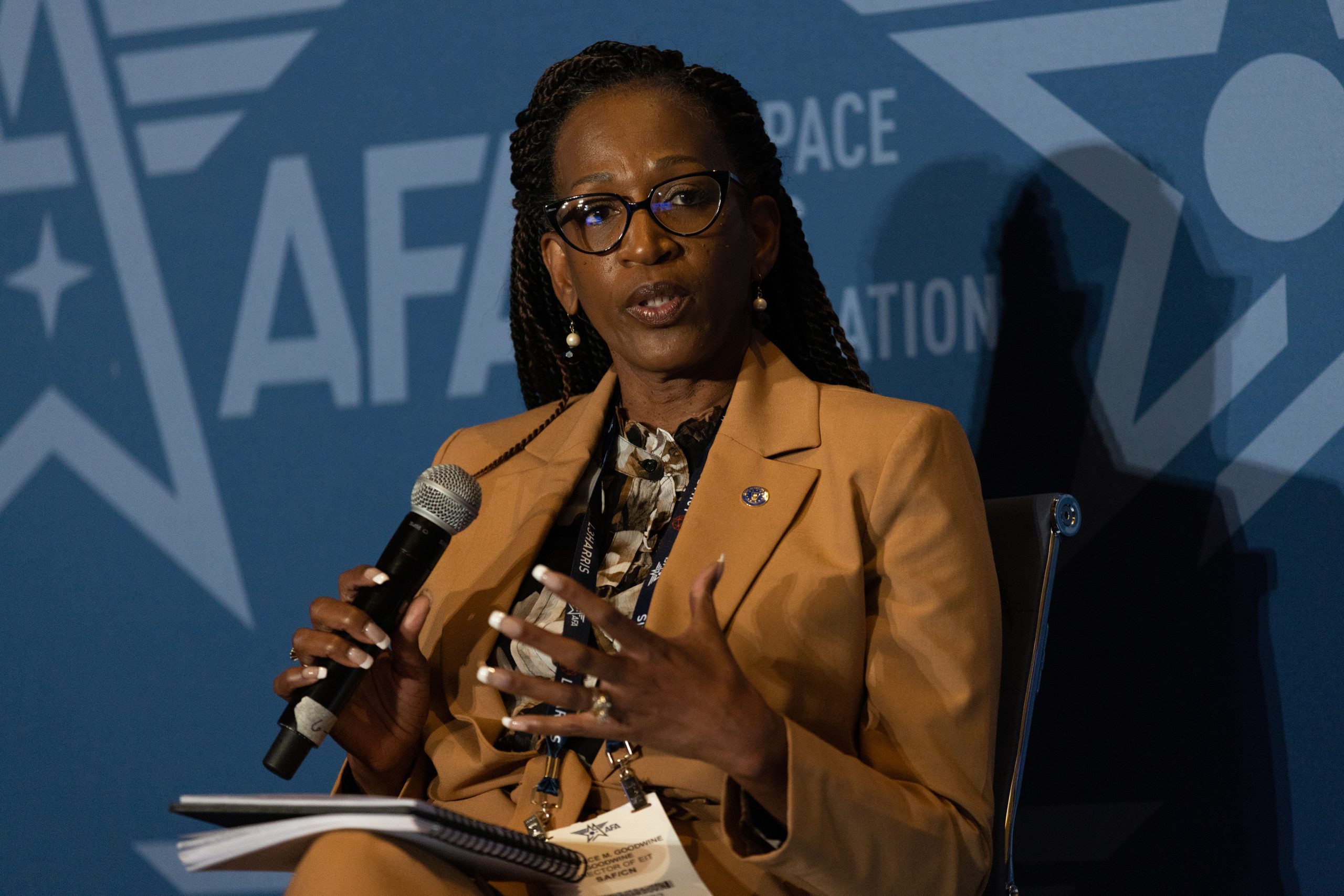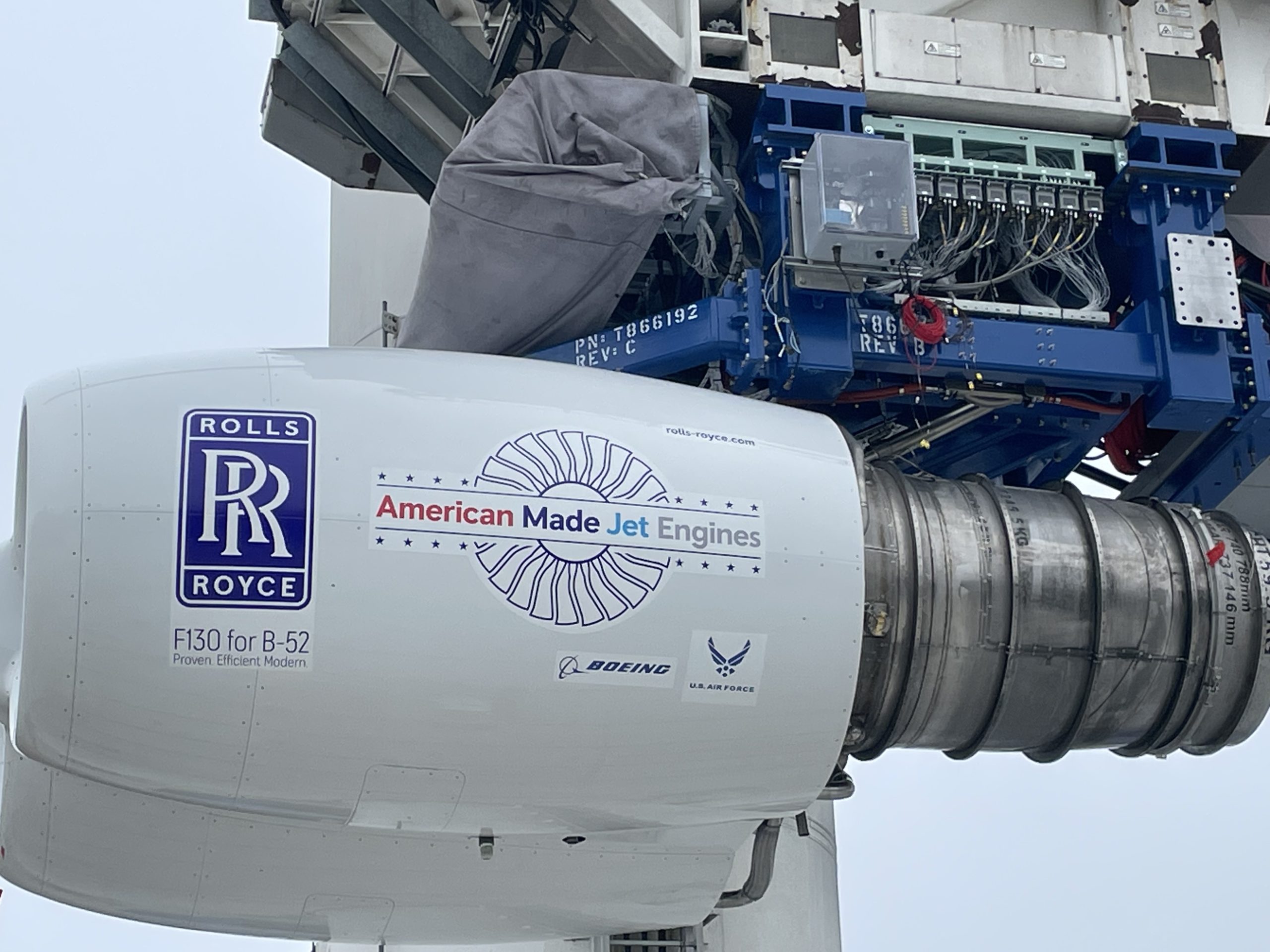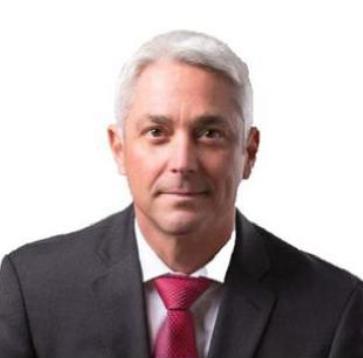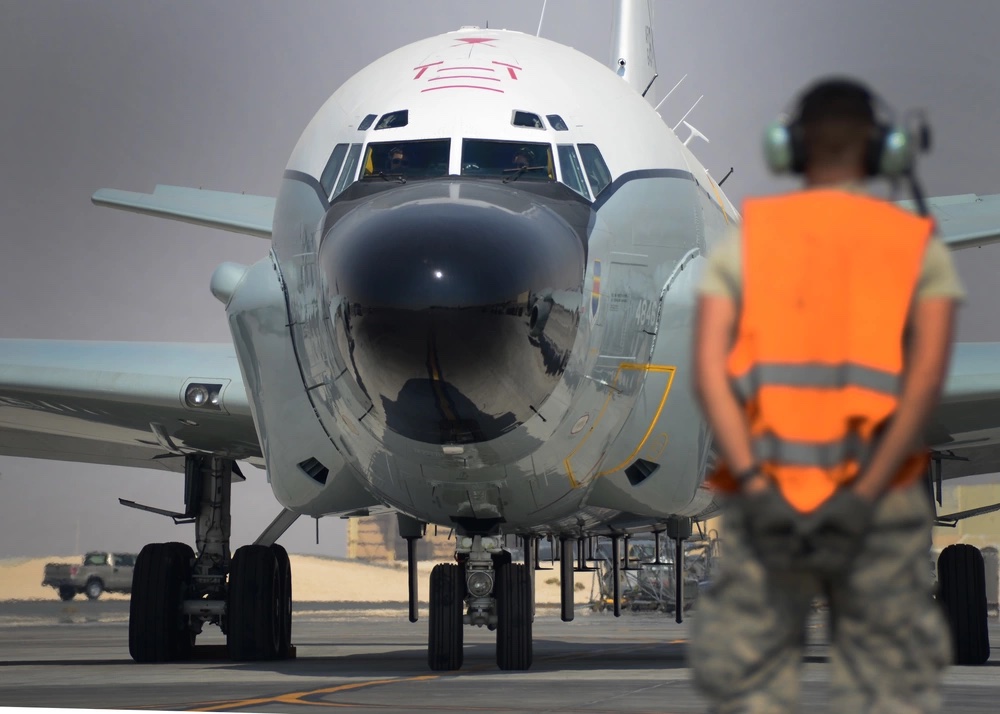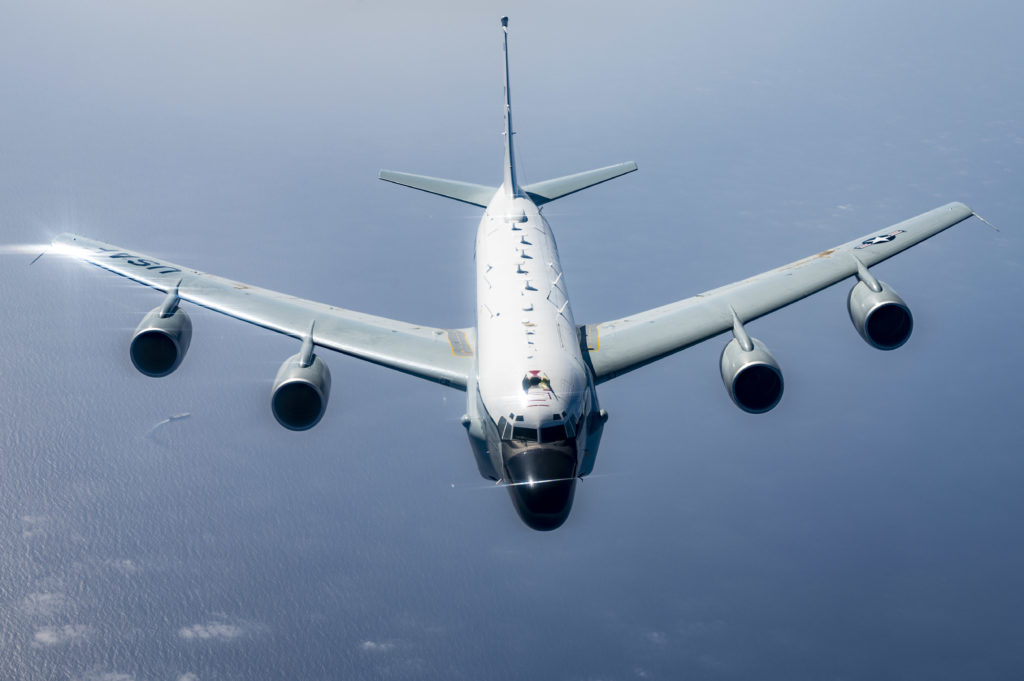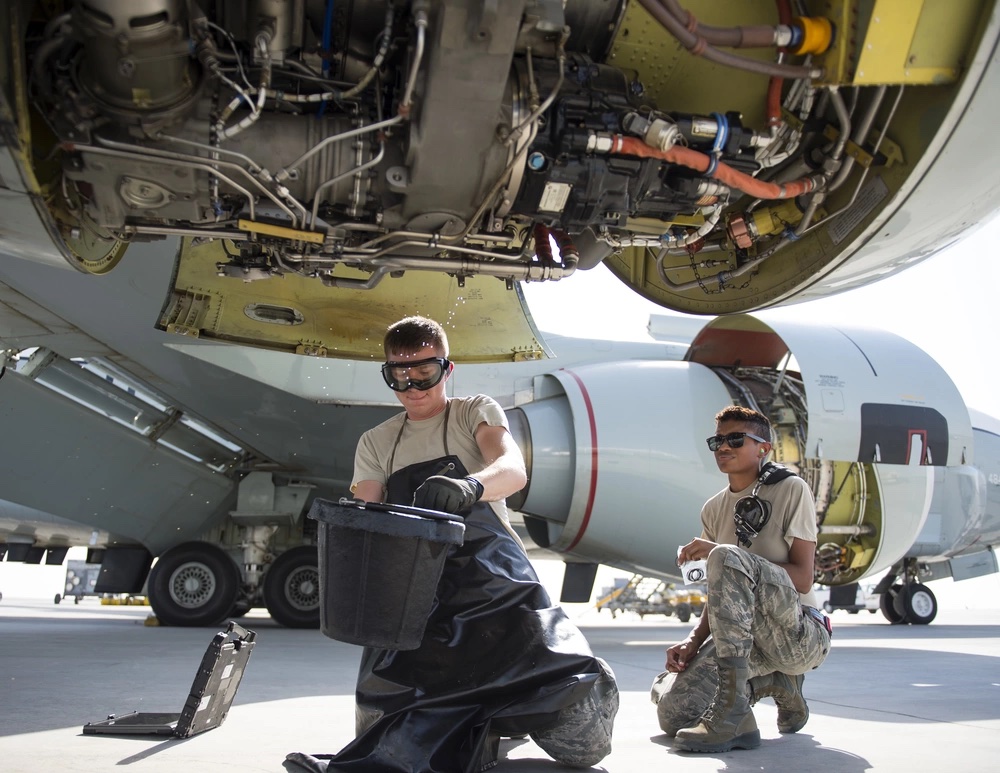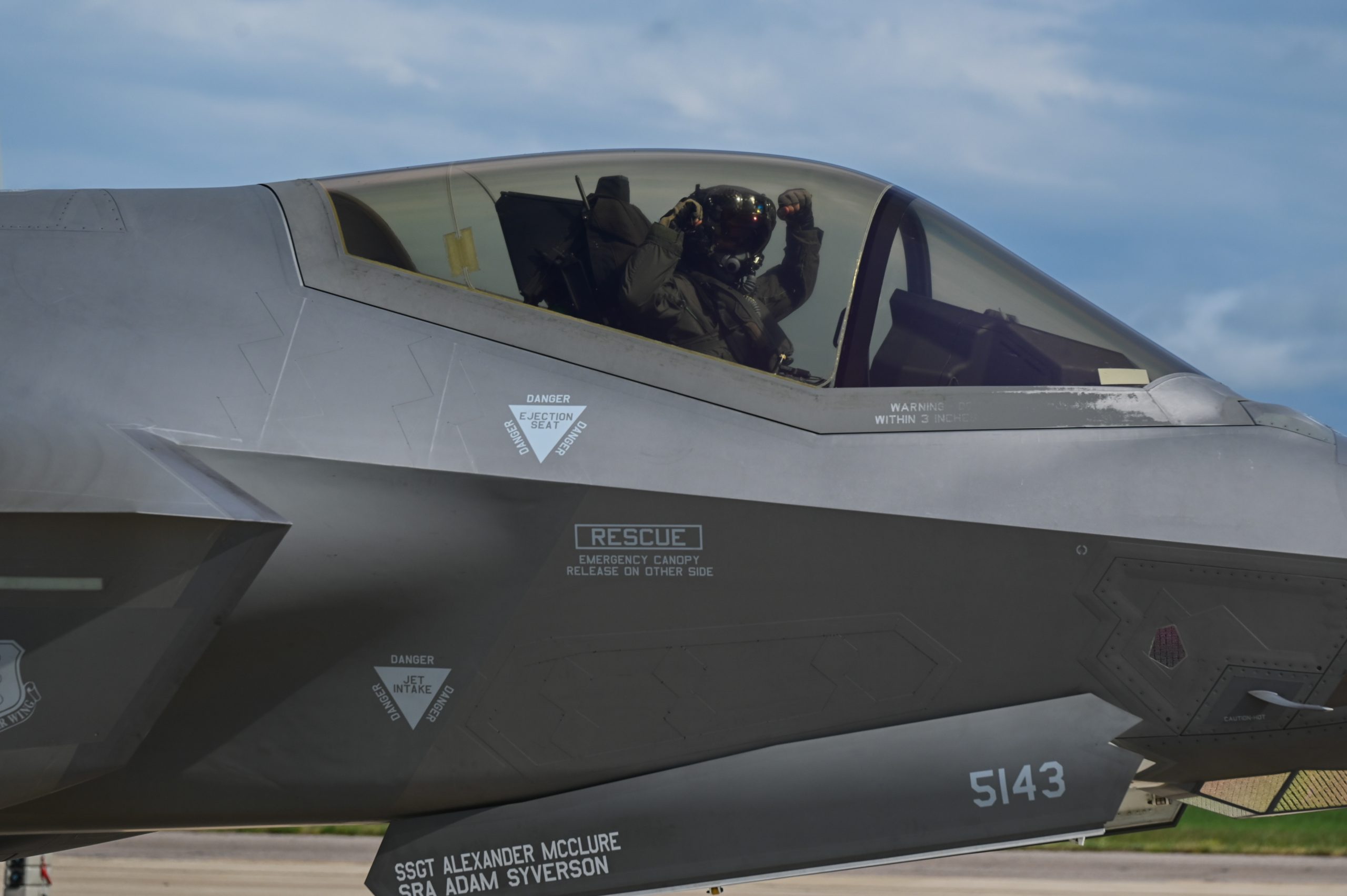The Space Force declared “mission complete” for one of its space surveillance satellites and took it off operational status last month, ahead of another satellite joining the constellation next year.
The Geosynchronous Space Situational Awareness Program provides the Space Force with the ability to track and characterize objects in geosynchronous orbit. The first two satellites launched in 2014 and were accepted into service in 2015, and the second of those, GSSAP Space Vehicle 2, is no longer operational after it was transferred from Space Operations Command to Space Systems Command.
According to an August release from SpOC, the satellite was past its designed service life and was deactivated to “make way for new more advanced technology in the space domain.”
There are now five active GSSAP satellites left—after the initial two, two more launched in 2016 and become operational in 2017, followed by two more in January 2022 that reached IOC by April of that year.
Two more are still to come. The SpOC release noted that they will launch in 2024 and 2027.
GSSAP satellites operate in near-geosynchronous orbit, roughly 22,300 miles above earth, and have the ability to maneuver, allowing them to observe more and more closely in an orbit where most satellites remain locked in place relative to the earth below.
That maneuverability comes at a price, though. Lt. Gen. John E. Shaw, deputy commander of U.S. Space Command, noted in a July event with the Mitchell Institute for Aerospace Studies that operators have to think “in terms of months and years of where they’ve going to maneuver these GSSAP satellites” given the limited store of fuel onboard.
The way the Space Force has planned and fielded its satellites up to this point, once a space vehicle is out of fuel, it’s done—there is no way to refuel in space.
“The way we’ve been doing space operations since the dawn of the space age, we’ve been doing it wrong,” Shaw said, arguing there could be a “fundamental doctrinal shift” toward more “dynamic space operations.”
“We can’t have those constraints in the future. And so we’re trying to articulate a requirement to the Space Force that we need to be able to have sustained space maneuver for those platforms,” Shaw added.
Specifically, Shaw cited a goal of 2028 for having sustained space maneuver. Vice Chief of Space Operations Gen. David D. Thompson has also endorsed the idea of the branch using commercial capabilities to “service” satellites in orbit. In April 2022, Space Systems Command revealed plans for an experiment for refueling small satellites in geostationary orbit. And in September, SSC held an industry day to see what the commercial sector is working on for assured access to space, including on-orbit servicing, maneuver, and debris removal.
